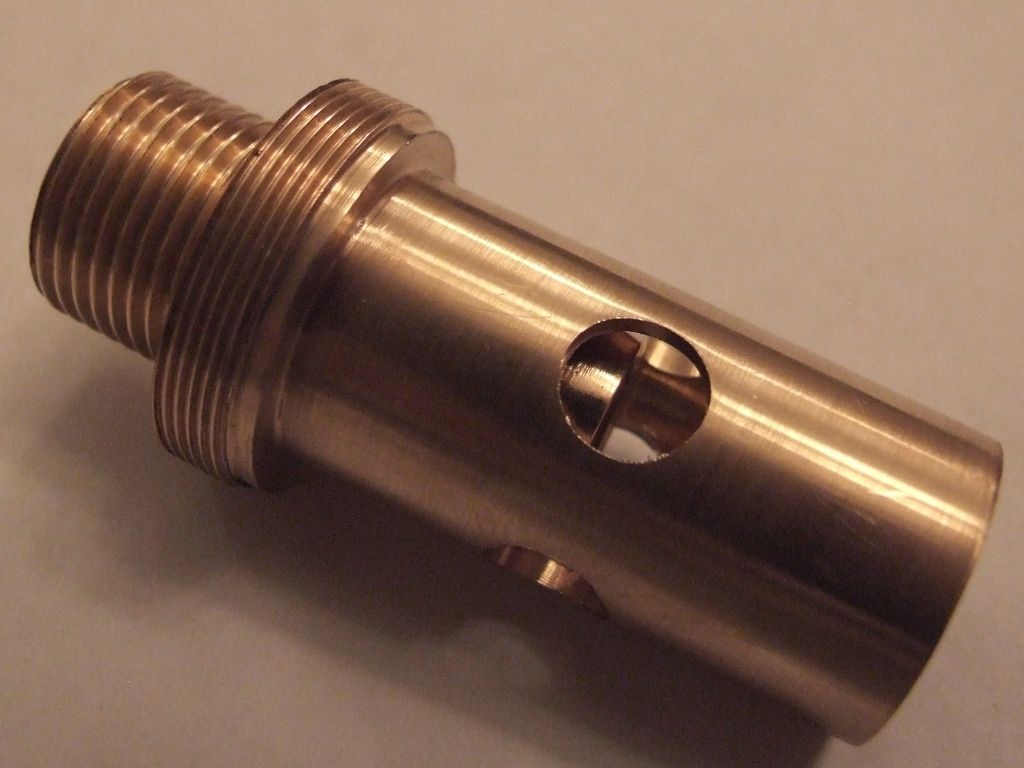Posted by John Hilton on 20/06/2018 08:21:11:
…
My apologies for these questions – I expect it is all blooming obvious – but not to me yet.!
Thanks in advance.
John
Not obvious at all, including the possibility that you're making life difficult by working to an unnecessarily tight specification, and have started with a 'difficult' thread.
Whitworth threads are glorious because they swept away anarchy. Before Whitworth every Tom, Dick and Harry made their own threads, and of course they were all incompatible. Whitworth was a good thread for general engineering work and is particularly well suited materials common in the 19th century like cast iron. It's not a good choice for light engineering, clocks, and electrical applications, nor is it ideal for modern materials.
One early criticism of Whitworth form is that it's too complicated. In 1864, William Sellars in the USA developed a simpler alternative; he realised that flat peaks and troughs (rather than rounded) would be easier to make, and moved to a 60 degree thread rather than Whitworth 55 degree. Simplifying production became a feature of all general-purpose thread forms designed after about 1870, including BA and Metric systems, and 60 degree threads have become the norm. WW2 finished Whitworth; it was first eased out in favour of UNC and UNF, which in turn are giving way to metric.
Actually you don't have to follow the Whitworth specification exactly to make a bolt that will fit a Whitworth nut. As long as the thread has the right pitch and clearance, the exact form isn't critical. I've seen genuine Whitworth nuts and bolts that are crude approximations. The point is, when cutting threads at home, it's rarely necessary to get them exactly right. (There are exceptions!) A common technique is to cut V threads nearly to size, then flatten the peaks slightly with a file, before testing fit with a nut. The thread is deepened slightly until the nut screws on, job done!
Couple of observations about screw-cutting on a lathe:
- Imperial threads (defined in turns per inch) make it easy to keep place with a Thread Dial Indicator, and complicated to work out diameter and depths. (Usually done by looking it up rather than doing the sums. For example, for UNC/UNF 60 degree threads, 1/tpi * 0.6134 (Whitworth is 55 degrees)
- Metric threads (defined in pitch) make it easy to work out diameter and depths, and tricky to use a Thread Dial Indicator. For that reason it is common to cut metric threads without disengaging the leadscrew. For M4 0.7, the rod is 4mm, and the depth of cut is the same as the pitch.
- Beware of winding the tool-post into the chuck under power while screwcutting! To avoid damage I usually cut threads left to right (thanks to JasonB), so that the saddle always moves away from the headstock.
- After a while you get used to cutting threads.
Dave
Edited By SillyOldDuffer on 21/06/2018 10:19:00
Hopper.






